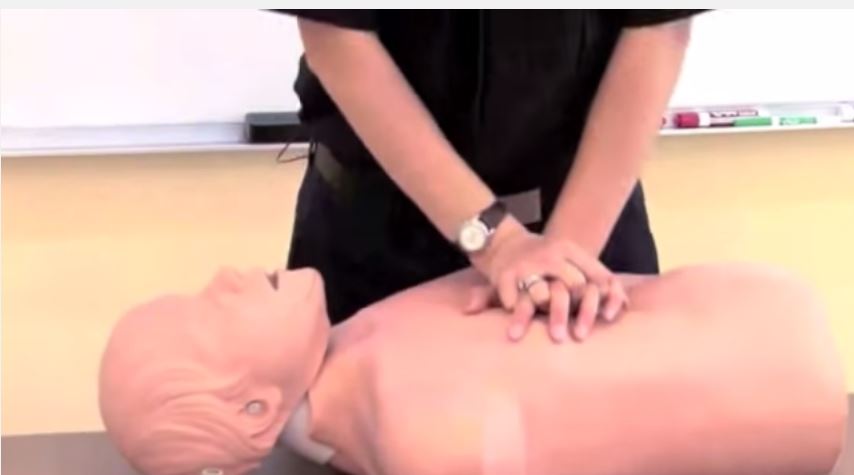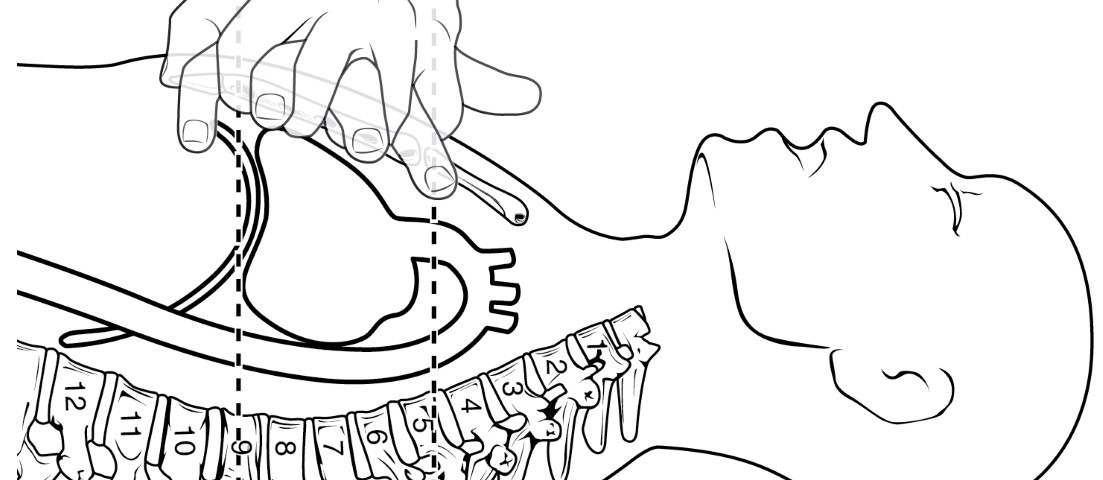Defibrillation
February 26, 2015
CPR, BLS & AED classes
March 6, 2015What is Basic Life Support?
This refers to use of a device for protection of the airway in order for it to be patent, ensuring breathing is supported and circulation is intact.
It is very important because this is a life saving measure before any medical interventions are performed. For instance patients who may suffer cardiac arrest, poisoning by cyanide children who may choke or near drowning experiences will benefit from a basic life support.
1. Who is The Targeted Audience:
All healthcare providers should attend a BLS CPR class because they will need this skills whether in or outside of hospital. Any first aider, rescuers and paramedics too can attend the course.
However anyone from the general public should also be encouraged to attend BLS CPR classes.
2. What does Basic life support comprise of?
i. Rescuer CPR and AED for adult, child and infant
ii. Differences between adult, child and infant rescue techniques
iii. Bag-mask techniques for adult, child and infant
iv. Rescue breathing for adult, child and infant
v. Relief of choking for adult, child and infant
vi. CPR with an advanced airway
3. How are BLS CPR classes taught?
This is a course that requires a high level of understanding and mastering of the life-saving technique. Therefore, a mixture of the modes of delivery is usually employed.
First a video is normally played for the audience to see. Secondly, the instructor then explains each step of the exercise. Thirdly each student performs the skill on a manikin with the supervision of the instructor. A written exam is also given at the end of the training in order for one to get a certification of the course. Finally a pocket size reading manual is always given for future references when need be.
4. Certification
After attending and completing the course training of bls CPR classes, one will get a certification for this. Normally in most places just like the ACLS certification, it is valid for a maximum period of two years. Thereafter one will be required to do a refresher course.
American Heart Association BLS for Healthcare Providers Course Completion Card is valid for two years.
5. How to perform a basic life support cardiopulmonary resuscitation (CPR).
This is one of the key components of the initial support. According to the recent recommendations, the rescuer can only stop CPR if signs showing consciousness is being regained can be seen. For example when the patient coughs, opens eyes, or starts to breathe normally.
The best case scenario is to have an uninterrupted course of chest compressions.
6. Types of CPR:
They are basically classified into two main groups based on number of rescuers available
i. Over the head cpr performed by one person
ii. Performed by two people
7. The sequence of action in Basic life support include:
Ensure safety of the victim, the by-standers and your own safety.
Check the victim for a response. This is by shouting name or just shaking. With response, treat existing problem accordingly and reassess often.
With no response, call for help and quickly check the airway patency using the head tilt, chin lift maneuver.
Look for any chest rise, listen for any noisy sounds of breathing and feel for any warm moist air on your cheek. This should take the shortest time possible of approximately 10seconds.
If breathing is ok, place victim in position of recovery and ask for help or call an ambulance
If victim is not breathing at all or the breathing is not reassuring enough then START CPR.
8. How to perform a cpr:
Start chest compression should be started as explained below:
First, kneel down by the side of the victim.
Using the heel of the less dominant hand on the patient’s chest, preferably at the Centre.
The dominant hand is then placed on top of the other hand.
Ensure your fingers are interlocked.
Caution: do not apply pressure on the ribs, the abdomen or lowest part of the sternum. This may lead to injury.
Ensure you are comfortably and your hands are perpendicular to the chest.
Press down firmly, fast and gently up to 6 cm then withdraw to release all the pressure applied.
This sequence should be repeated at a rate of 100 to 120 compressions in a minute.
After the initial 30, use the head tilt chin-lift maneuver to open the airway.
Ensure the mouth is clear us any foreign body and secretions.
Place a mask over the mouth and nose ensuring you have a good seal.
Using the C-E grip press on the mask firmly and give rescue breaths.
Be on the look-out for any chest rise, and moisture in the mask.
The cycle should be 30:2 ratios of chest compressions: rescue breaths.
9. When to stop cpr:
If patients shows signs of regaining consciousness like making movements, breathing on their own, opening of their eyes etc.
In conclusion, bls cpr classes are an important simple skills that all health care personnel should be acquainted with. They should master and practice the skill often in order to be able to help victims. The CPR guidelines keep changing for the better, therefore it should be an individual responsibility to ensure one is up-to date with the most recent guidelines published.
Recert 911 offers BLS CPR Certifications in Texas – Houston, Kingwood, Humble, Atascocita, Porter


